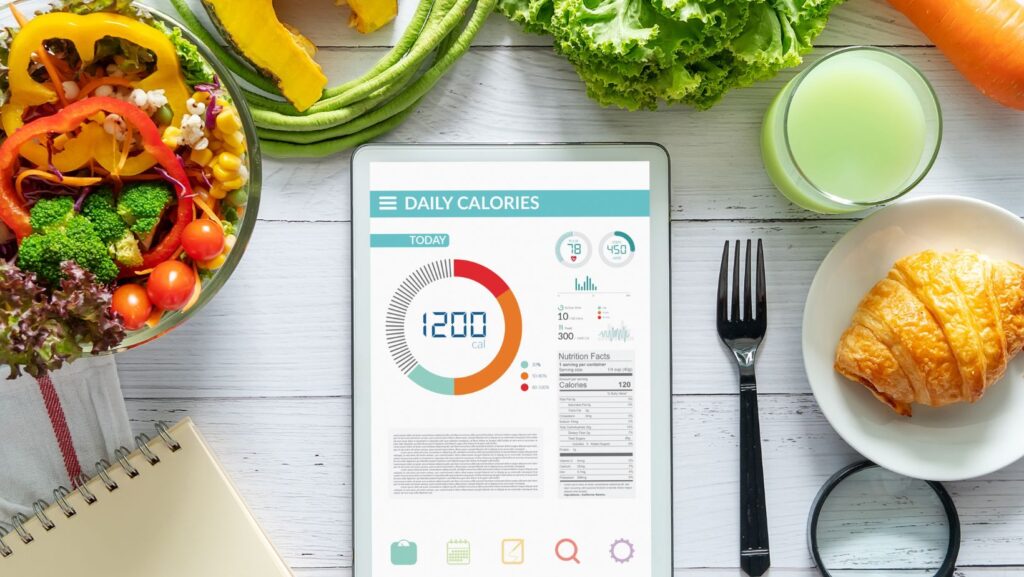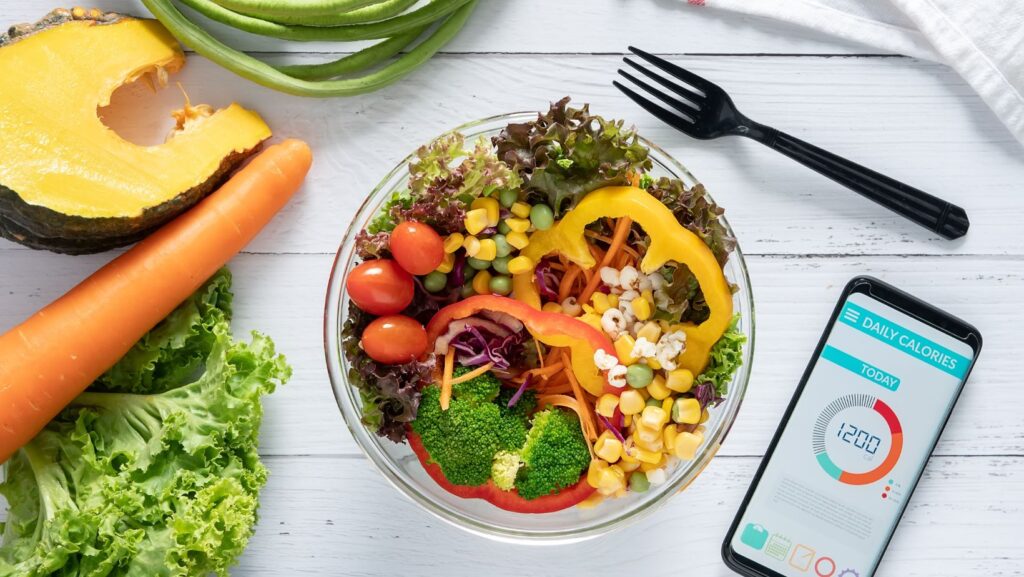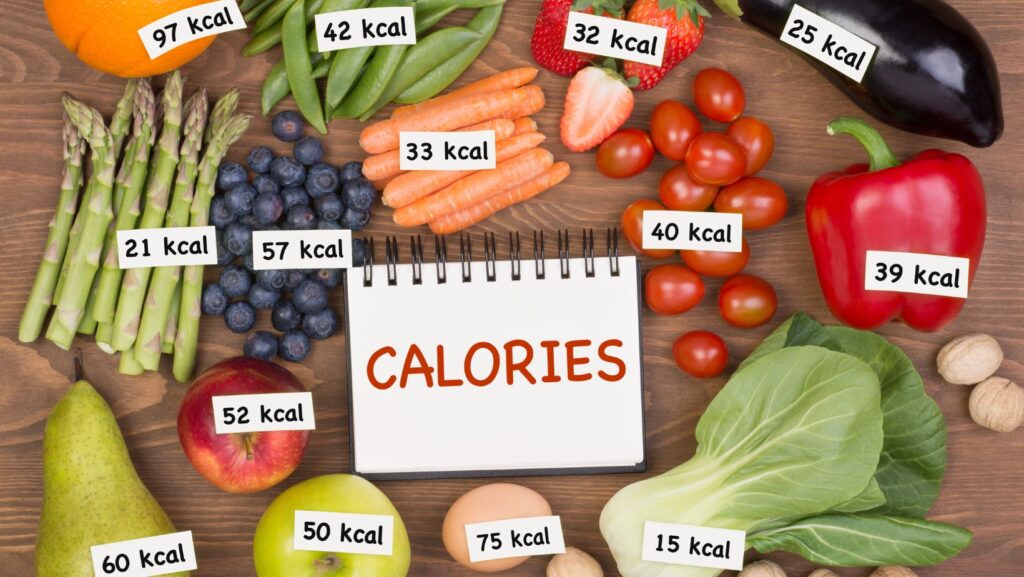What Food Has the Most Calories in the World
As I delve into the realm of caloric content in foods, one question sparks curiosity – what food has the most calories in the world? The answer to this query leads down a path filled with surprising revelations and perhaps a few expected contenders.

Exploring the landscape of what food has the most calories in the world high-calorie foods unveils a plethora of candidates vying for the top spot. From decadent desserts to savory delights, each offering presents its case as a calorie powerhouse. However, amidst this culinary showdown, one particular item stands out, boasting an impressive calorie count that reigns supreme.
Intrigued by the notion of extreme caloric intake, I embark on a journey to uncover the truth behind which food claims the prestigious title of having the most calories in existence. Through meticulous research and analysis, I aim to shed light on this intriguing subject and reveal the heavyweight champion in the realm of caloric abundance.
Understanding Caloric Density
When it comes to understanding caloric density, it’s crucial to grasp the concept of how many calories are packed into a given weight or volume of food. This measurement helps determine the energy content of different foods and their impact on our daily calorie intake.
Caloric density is often expressed in terms of calories per gram (kcal/g) or calories per ounce, showcasing how energy-dense a particular food is. Foods with high caloric density provide more calories in a smaller serving size compared to low-calorie dense foods.

Here are key points to consider when analyzing caloric density:
- High-Calorie Density Foods: Foods like nuts, oils, butter, and processed snacks tend to have high caloric density due to their fat content.
- Low-Calorie Density Foods: Fruits, vegetables, and lean proteins typically have lower caloric density as they contain more water and fiber relative to their calorie count.
- Balancing Choices: Understanding caloric density can aid in making balanced meal choices. Combining high-calorie dense foods with lower-calorie options can help manage overall calorie intake effectively.
By being mindful of the caloric density of various foods, individuals can better regulate their calorie consumption and make informed decisions about their diet for improved health outcomes.
Examples of High-Calorie Foods
When delving into the realm of high-calorie foods, it’s essential to understand which items pack a serious caloric punch. Here are some noteworthy examples that stand out in terms of caloric content:

- Avocado: Surprisingly, avocados are rich in calories due to their high-fat content. While considered a healthy source of fats, they can clock in at around 320 calories for a single fruit.
- Nuts and Seeds: Almonds, walnuts, chia seeds, and others are dense in both nutrients and calories. A mere handful can easily add up to over 200 calories.
- Cheese: Various types of cheese like cheddar or gouda can be calorie-dense. Just an ounce of cheese typically ranges from 100-120 calories.
Here is a table showcasing the approximate calorie content for common high-calorie foods:
| Food Item | Serving Size | Calories |
| Avocado | 1 fruit | 320 |
| Almonds | Handful | 210 |
| Cheddar Cheese | 1 oz | 110 |
Exploring these examples illuminates how seemingly healthy foods like avocados can also be calorically dense. It’s crucial to strike a balance between enjoying these treats while being mindful of portion sizes to maintain a well-rounded diet.
As we navigate the landscape of high-calorie foods, awareness is key. Being informed about the nutritional profiles of various foods empowers us to make conscious choices that align with our health goals. Remember, moderation is key when indulging in these calorie-rich delights.
Throughout this article, we’ve delved into the realm of high-calorie foods and uncovered some surprising contenders for the title of food with the most calories. From decadent desserts to indulgent snacks, it’s clear that there are plenty of calorie-rich options out there if you’re looking to indulge.
When it comes to sheer caloric density, it’s fascinating to see how certain foods can pack such a hefty caloric punch in just a small serving size. Foods like nuts and seeds may seem innocent enough, but their calorie content can quickly add up if you’re not careful with portion sizes.

